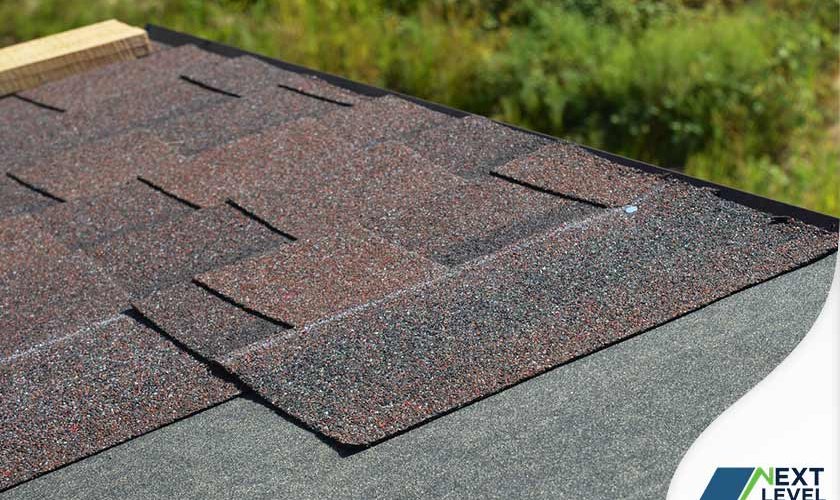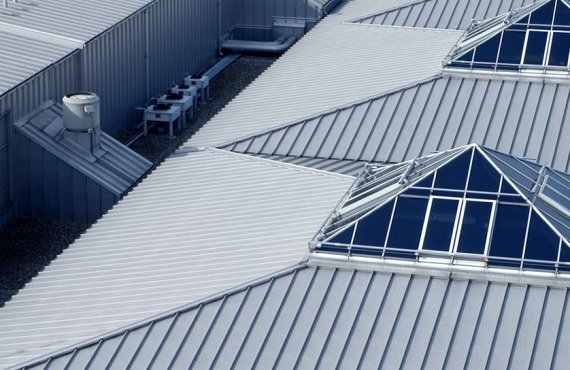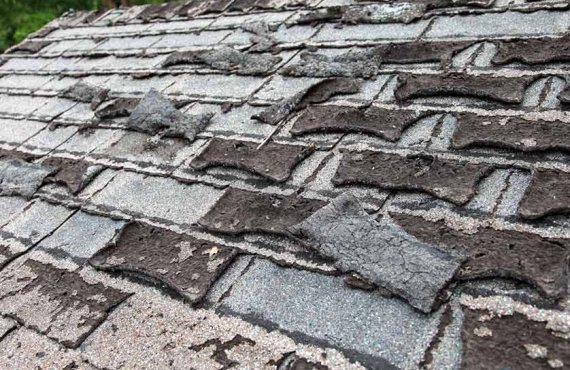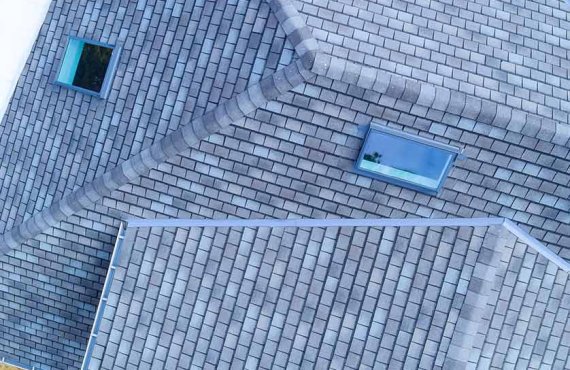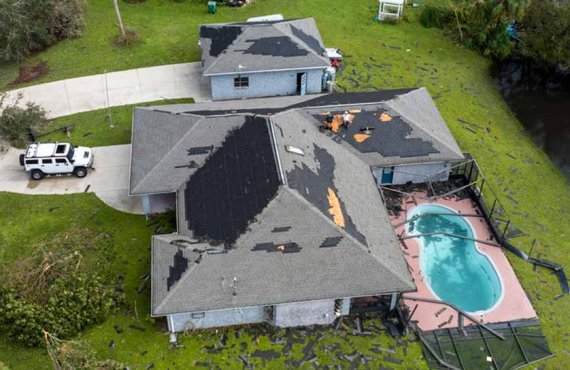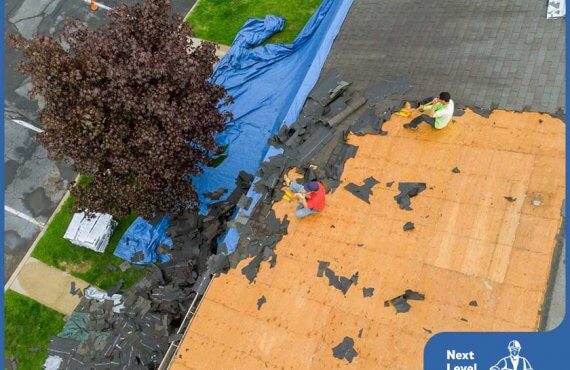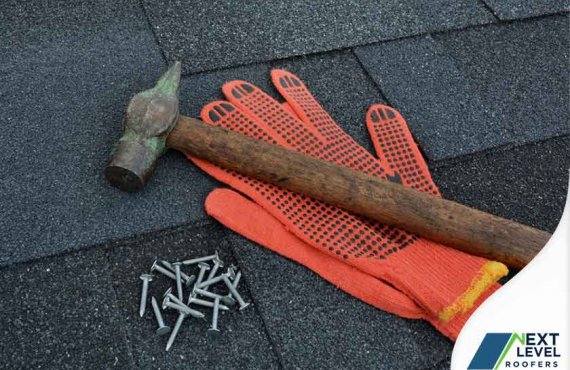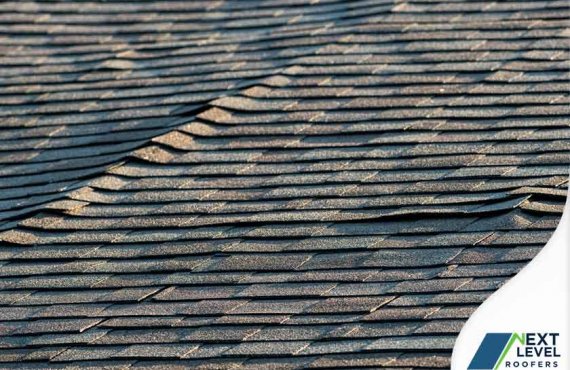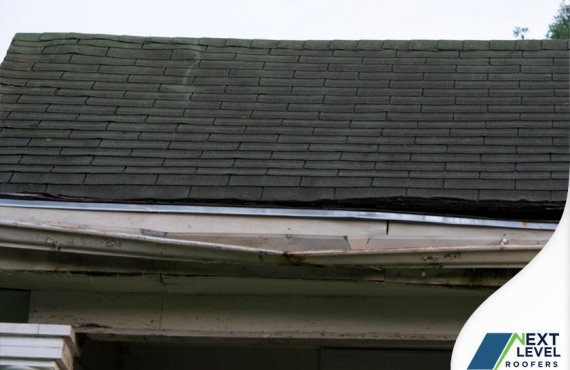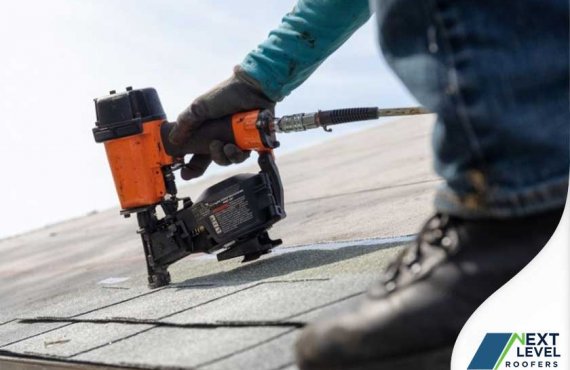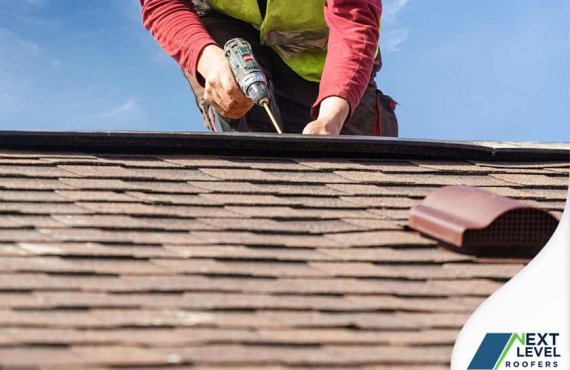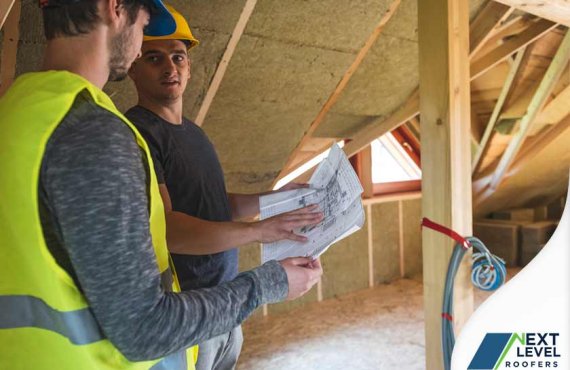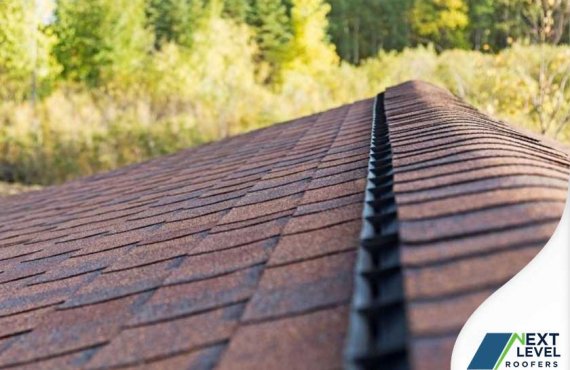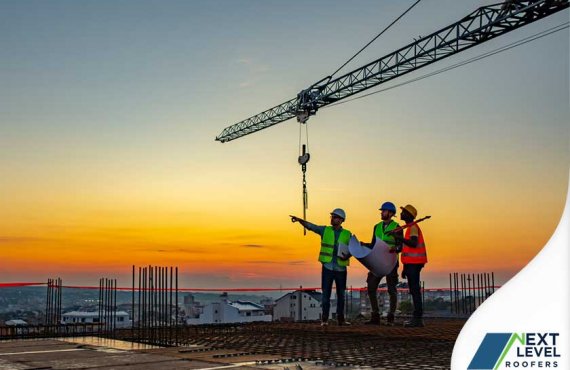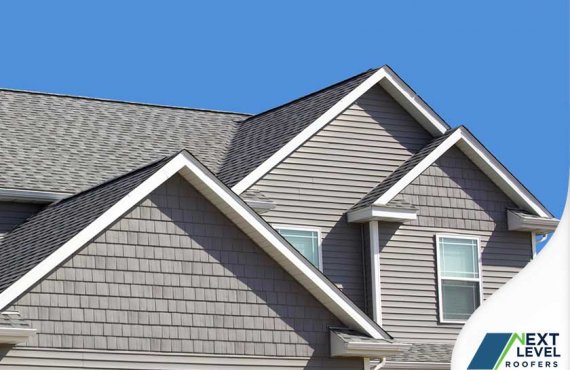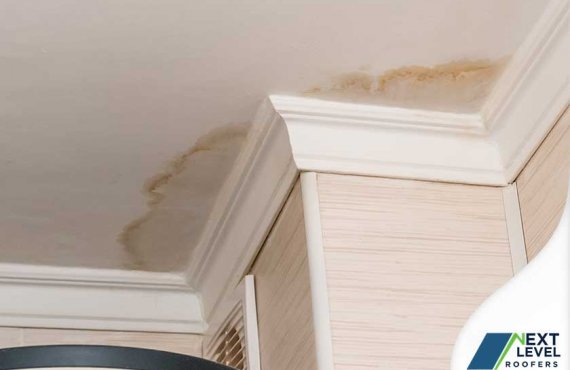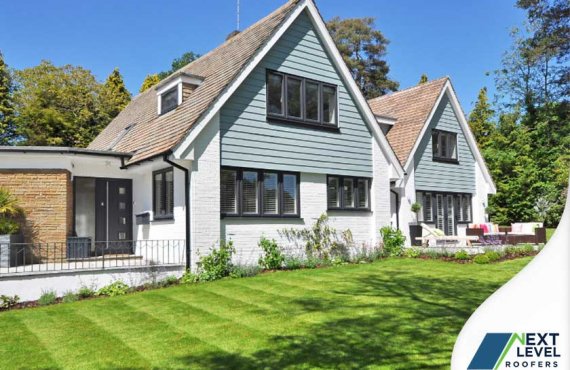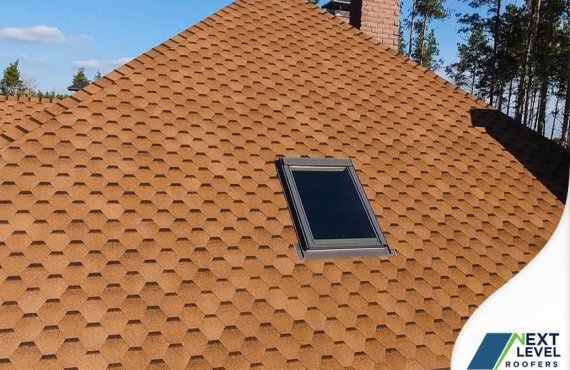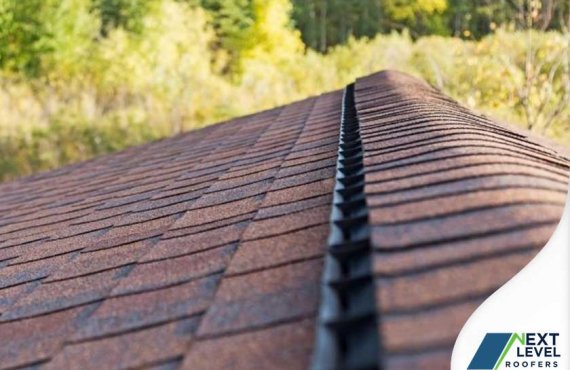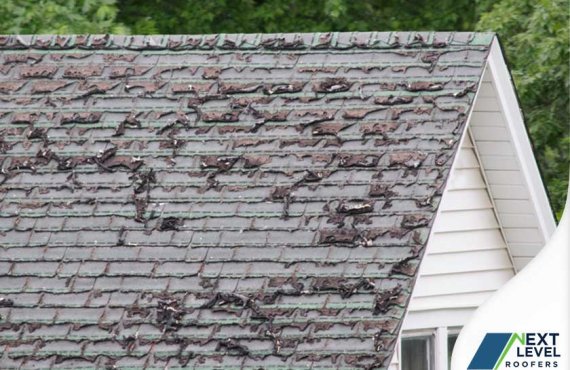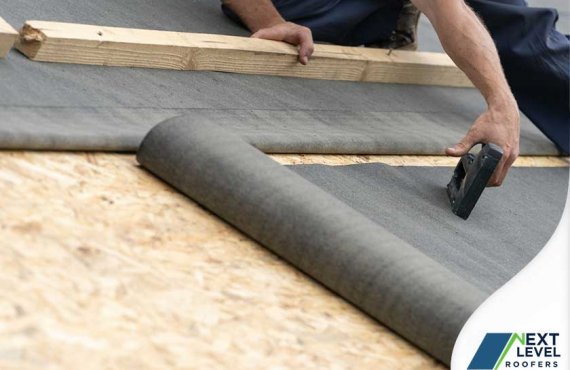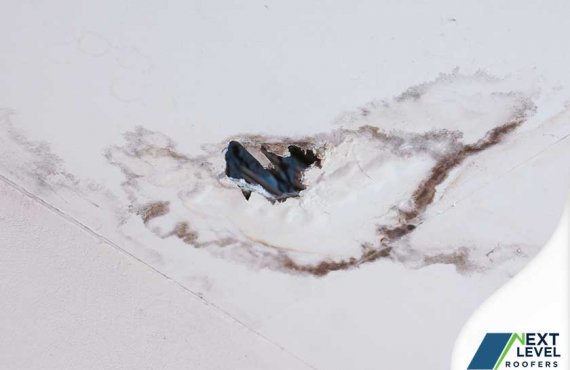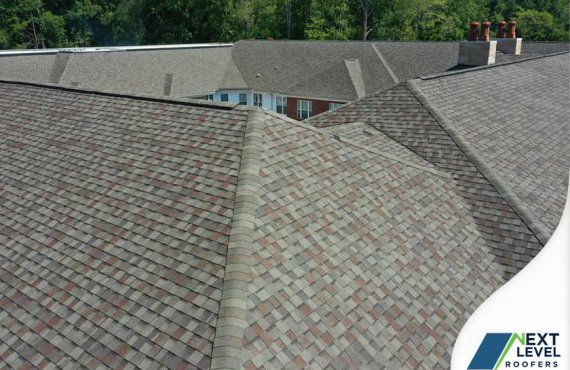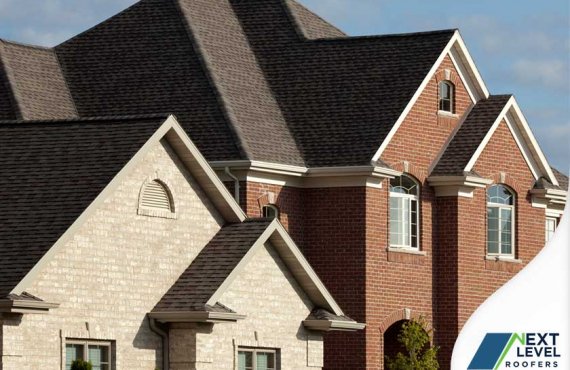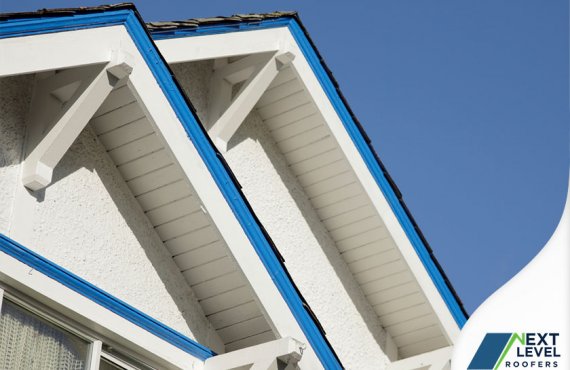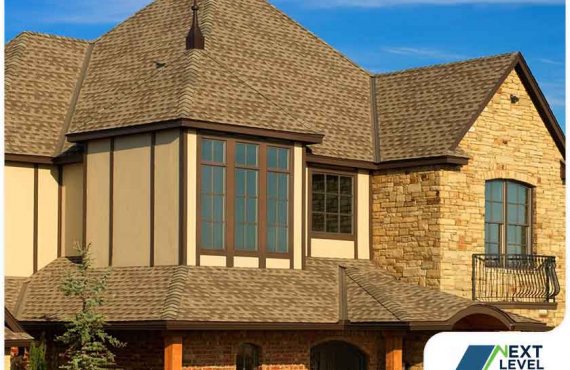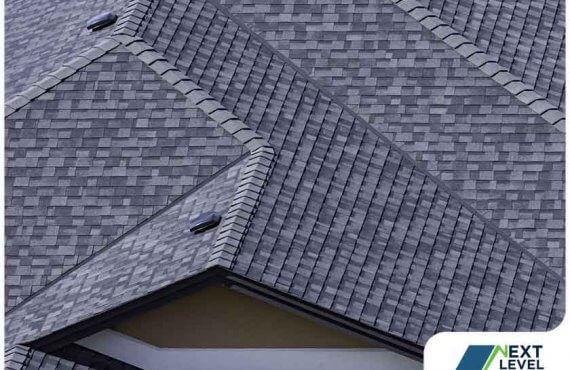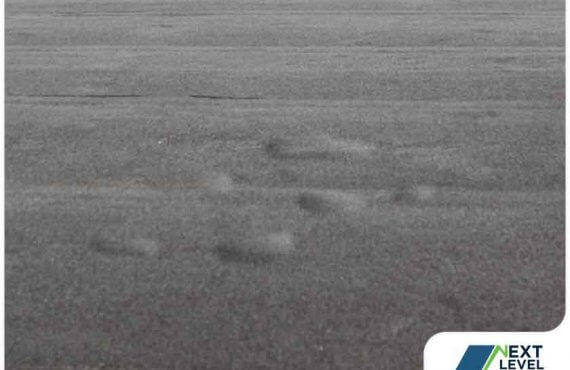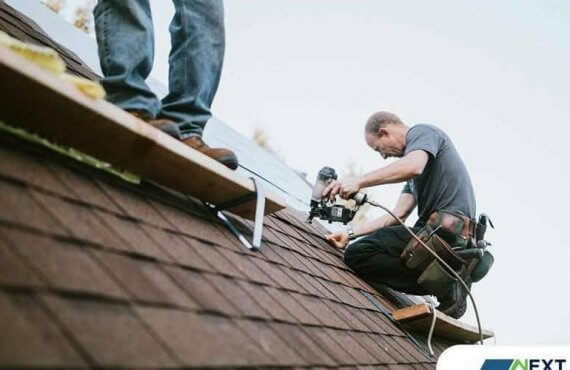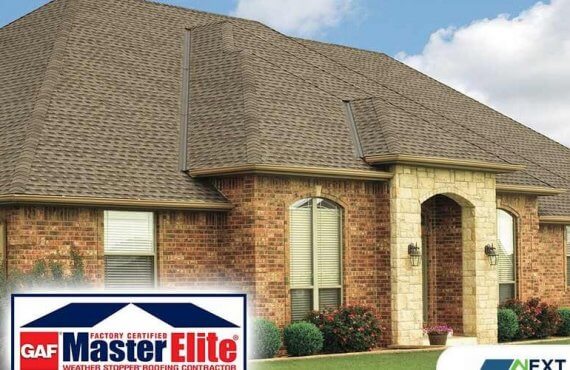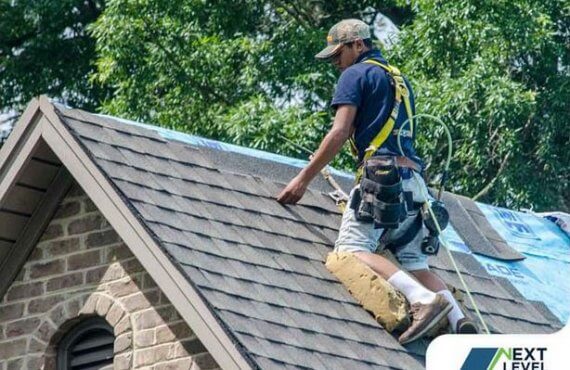Roofs can be so complex that most homeowners could still be unfamiliar with their layers. While these have significant roles in ensuring your property is safe as a whole, it’s helpful to be mindful of their features. One of these components includes an underlayment. Today, we’ll talk you through the basics of underlayment and what causes its decline.
The underlayment is a thin material laid on the roof for protection against moisture. Some roofers may suggest it isn’t necessary, but this component is not directly exposed to the weather and only acts as a secondary defense line. Hence, it prevents the sheathing from getting wet. For a more precise understanding:
- An underlayment adds another water-resistant layer to the top of your home. With its help, leaks during heavy rain, high snow accumulation, and severe storms can be easily prevented.
- As mentioned, an underlayment provides an extra cover of shielding if your roof becomes damaged or any shingles are blown away during a hurricane or adverse weather condition. The roofing underlayment will serve as safekeeping until actual fixes are done, or the shingles have been replaced by roofing companies.
Types of Roof Underlayment
- Non-Bitumen Synthetic Underlayment. Most roofing installation contractors select non-bitumen synthetic underlayment for modern roofs, thanks to its superior waterproofing characteristics. These newer materials are designed from hard-wearing plastics such as polyethylene or polypropylene and have seen use from food-grade containers to plastic models.
- Asphalt-Saturated Felt Underlayment. This is the cheapest option, as noted by most roof replacement experts. Asphalt-saturated felt underlayment is manufactured by waterproofing felt paper. This specific material adds stiffness to the roof deck, boosting its durability against impact from airborne debris, hailstones, and large tree branches.
- Rubberized Asphalt Underlayment. In addition to being waterproof, rubberized asphalt underlayment comprises asphalt and rubber polymer. Like the membrane roofing used on flat roofs, rubberized asphalt is installed on the roof deck using special adhesives. This is also considered the most expensive option in the market.
What Causes Underlayment Failure?
Like most layers of your system, your underlayment is also at risk of declining. Any damage to it may result in significant roof leaks, growth of mold colonies, and house structural concerns. To prolong the lifespan of your roof’s underlayment, it is imperative to understand what compromises its integrity. Below are the usual suspects.
- Delayed reshingling. High temperatures can dramatically impact the condition of your underlayment. Remember that the underlayment is a sitting duck for the harsh elements when the shingles covering it are missing. This suggests that even high-quality underlayment materials can fold when left unprotected from the weather for too long.
- High temperatures. The roof itself can crack and blisters, but the underlay can also be damaged when exposed to high temperatures. According to most roofing companies, this occurs significantly as the tar softens during the installation process, making the product more susceptible to damage when walked on.
- Inexpert installation. Poor workmanship is another common reason underlayment does not reach its expected life span. The underlayment is made of fine materials, which may be compromised when mishandled. Take note that there are several ways that incorrect installation can damage the integrity of the underlayment so that it will fail early or cause problems with the roof. For example, if the contractors don’t tread carefully, they could instantly damage and tear the underlayment.
- Low material quality. Material quality is a necessity for roof replacement. So, keep in mind that you are likely to get what you pay for if you buy low-quality underlayment. Fortunately, manufacturers offer many pad options to meet different needs and provide components compatible with their other products. For example, GAF has a wide range of synthetic and fiberglass-reinforced underlay solutions for residential projects.
- Water. When the water rises below the edge of the shingles on the roof, it can reach the underlay itself and cause swelling and damage. The typical type of backing used for asphalt shingle roofing is tar paper because it is made of tar-embedded paper products. Modern underlays may also contain fiberglass. As you can imagine, putting water in a primarily paper substance can be a big problem. This can cause the tar paper to swell, wrinkle and warp, allowing it to penetrate and lose protection from the elements.
Hazards of Underlayment Damage
The underlayment isn’t readily seen as installed between the shingles and roof deck. That is why you should check it for damage from time to time. If left in poor condition, a damaged underlayment can lead to any of these problems:
- Leaks — A pool of water may form in your underlayment, and this may eventually seep through your walls and ceilings. Look for light beams, dripping water, and dark-colored stains that indicate roof leaks from the inside. By then, call your local roofing company to have it inspected and fixed.
- Mold — It’s dark and damp in the underlayment. And when it becomes water-damaged, too, it creates a perfect environment for mold growth. Toxic mold can cause health concerns for you and your family, so you should work on repairs as soon as possible.
- Structural Damage — The underlayment is meant to stay dry and light so that the walls don’t have to put up with unnecessary weight. However, when this layer of roofing is wet, your home’s frame may buckle or develop rot.
Contact Us!
Need one of the best roofers to check on your roof? Next Level Roofers is a roofing company dedicated to delivering high-quality service partnered with expert workmanship. We specialize in asphalt shingle re-roofing installation, and we can repair any damaged roof, whether it’s from storm damage or the effects of an aging roof. We also facilitate the installation of flat roofs and a tapered roof system for more accessible rain diversion, and we are open to new construction roofing projects. Formed by a team with over 39 years of combined construction experience, we are proud to say that we have the skills and knowledge you’re looking for.
Contact us through (407) 993-6139 or fill out our contact form to request an estimate for any inquiries. We proudly serve clients and homeowners in the state of Delaware.

